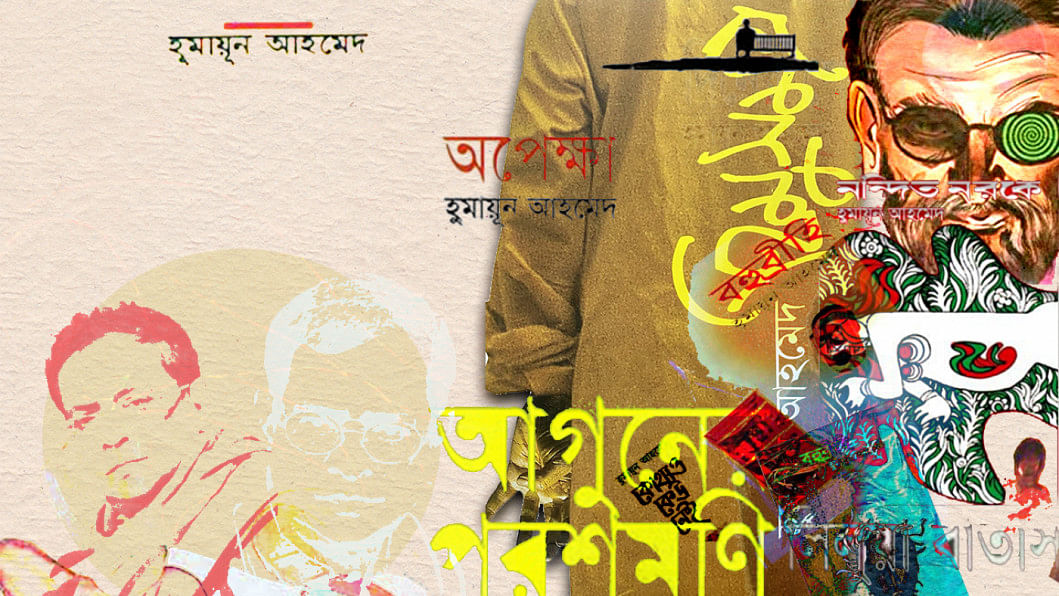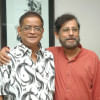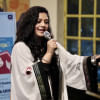Remembering the contemporary great: Humayun Ahmed

There is something special about contemporary artists, writers, thinkers and creators—how they bring into limelight the little things of the present that matter, talking about the heart wrenching stories hiding in homes and alleyways, and creating a social impact through their representations of society. While some of us tend to be partial towards the past and showcase a longing for the days gone by, Satyajit Ray always believed in showing the contemporary through his visuals, writing, and also through his music. It has been the same for Woody Allen, who managed to bring to light some of the minute quirks in characters that we come across in daily life but never really seem to notice. One would say the same about Jhumpa Lahiri, who, along with portraying the same today, also manages to stir the nostalgia potent amongst readers by writing about common parts of South Asian life, our traditions and languages, especially those most prevalent amongst expats and migrants.
One such contemporary writer, who has been an element of both admiration and professional rivalry, is Humayun Ahmed. Not only did he break all records when it came to writing and selling bestsellers throughout his life, but he also changed the language of visualising the adaptations of his stories. His novels, written more than 50 years ago, still ring a connection with many families living in Bangladesh today—both urban and rural. His very first novel, Nandito Noroke (1972), which was written while he was an undergraduate student at Dhaka University, speaks of the trials and results faced by a middle class family living in Dhaka. Looking back at the story today, it is surprising to see how Ahmed brought about a sketch of mental health issues being faced by a member of the family in focus, and how helpless everyone becomes when a mentally disoriented person is taken advantage of. Not only did that family lose their loved ones, but they were also heartbroken from the destruction of trust and friendship.
Ahmed's second novel Shonkhonil Karagar, written in 1973, was also about the many issues that families faced back then—looking for suitable grooms for young, dark skinned daughters, looking for a job, the daily taunts from society, the countless taboos that shaped deshi life at the time. It is indeed surprising how Humayun Ahmed, a young man then, comprehended and visualised the sensitive issues faced especially by women. Even today we find many around us who are completely oblivious to the very common taboos and obstacles faced by their female relatives or friends in Bangladesh. But through his sharp eye and writerly instinct, Humayun Ahmed managed to touch the hearts of thousands and quickly millions through his family sagas, mysteries, and comedies.
Why is it that we tend to incline more towards the past, the dead, the gone, and those who cannot be touched or seen? Is it because we tend to create a glorified figure of our favourite writer in our minds, believing that they can never do any wrong, that they are perfect and that they believed in all the ideas and narratives that we do now in our current times?
That's practically impossible. However, besides the fact that old language, context, and imagery have their magical appeal, glorifying the past is also a safe way for us to admire a personality without judgement. In the age of the 'cancel culture' and shutting down well known personalities on social media just because one is able to, it is no surprise that contemporary artists and writers probably find it all the more difficult to compete with their dead predecessors. Even though Humayun Ahmed fortunately did not have to face today's online cancel culture, which would demean his work and boost the ego of some unknown maniac sitting on the other side of the screen, possibly yearning for fame, Ahmed did have to go through his share of downs and falls. People still remember him to be human, which is why there are many who still debate on his skills as a wizard of words and a filmmaker.
To me, he was a weaver of stories from lands and cultures, all within Bangladesh, that I would never have heard of otherwise. Growing up abroad amidst mixed cultures and languages, Humayun Ahmed kept Bangladesh within me and in thousands of others like me. His sketches of the mamas, the intellectual paying guests, a young man in yellow roaming the streets (who was most probably brain washed in the weirdest way by his father), a rich young man in glasses who was taught to think outside the box by his father, the sharee clad girls and the flirtatious atmosphere of being around neighbours and sudden visitors—surprisingly enough I could relate to all of them despite growing up abroad! These characters live on even today and they will be alive for generations to come.
July 19, 2012 was indeed one of the saddest days in the history of storytelling for Bengalis living all over the world. Marking the end of an era, young men and women who grew up on Humayun Ahmed could not stop shedding tears at the death of the wordsmith. However, the good part about quality art and writing is that their creators live forever. Humayun Ahmed lives on even today—on our shelves, in our music, while writing a novel or thinking about writing a love letter to the person on the rooftop nearby.
Elita Karim is a journalist, musician, and editor of Star Arts & Entertainment and Star Youth, The Daily Star. She tweets @elitakarim.
For more book related news and views, follow Daily Star Books on Facebook, Instagram, Twitter, and LinkedIn.

 For all latest news, follow The Daily Star's Google News channel.
For all latest news, follow The Daily Star's Google News channel. 








Comments